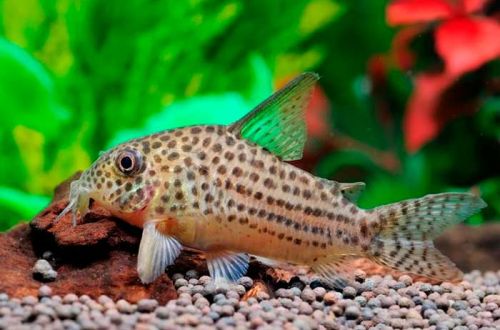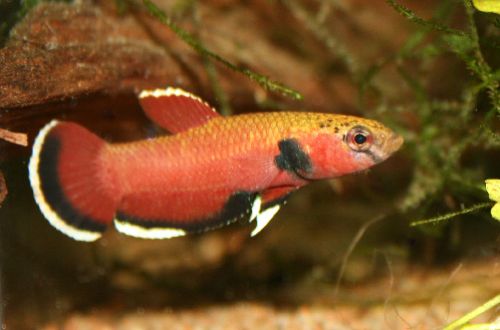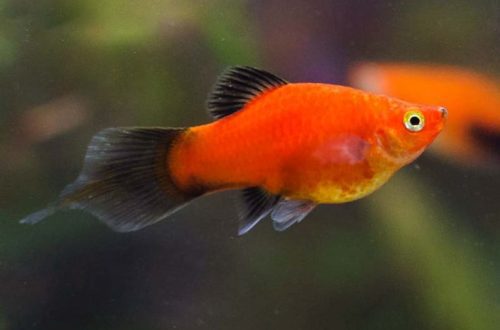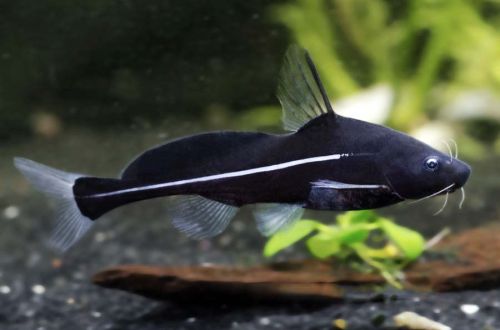
Somik Araguaia
Araguaia catfish, scientific name Corydoras araguaiaensis, belongs to the family Callichthyidae (Shell catfish). Catfish hails from South America from the eponymous basin of the Araguay River, after which it got its name.

Description
Adults reach a length of about 3.5 cm, which makes this fish one of the smallest representatives of the genus. The coloration is light with a scattering of numerous black specks evenly covering the body.
It is worth noting that for the average aquarist, this diminutiveness is the only distinguishing feature compared to the Dotted Corridor, which otherwise has an identical appearance and body pattern, only noticeably larger.
Behavior and Compatibility
Given its modest size, it is difficult to expect any hostility from this fish towards the rest of the inhabitants of the aquarium. But the Araguay catfish itself can become an object of aggression, therefore, only the same small and peaceful fish should be considered as compatible species. For example, small tetras, cyprinids (zebrafish, parsing, etc.), livebearers, etc.
Brief information:
- The volume of the aquarium – from 70 liters.
- Temperature – 22-26°C
- Value pH — 6.0–8.0
- Water hardness – soft to hard (2-25 dGH)
- Substrate type – any soft
- Lighting – moderate or bright
- Brackish water – no
- Water movement – light or moderate
- The size of the fish is about 3 cm.
- Food – any sinking food
- Temperament – peaceful
- Keeping in a group of 3-4 fish
Maintenance and care, arrangement of the aquarium
The optimal size of the aquarium for a group of 3-4 individuals starts from 40 liters. In the design, it is important to provide places for shelters. As the latter, it is permissible to use both natural (driftwood, thickets of plants, bark, etc.) and artificial decoration elements. They do not like too bright light, so in the daytime they will tend to hide. If lighting is not essential for other fish species, then clusters of floating plants will be a good means of shading.
Acclimatized catfish, which have been living in aquaria for several generations, as a rule, successfully adapt to life in conditions that differ markedly from their natural habitat. First of all, we are talking about the hydrochemical composition of water. For this reason, the maintenance and breeding of almost all types of Corydoras is quite simple, which is described in more detail in separate thematic articles, links to which are given above.





